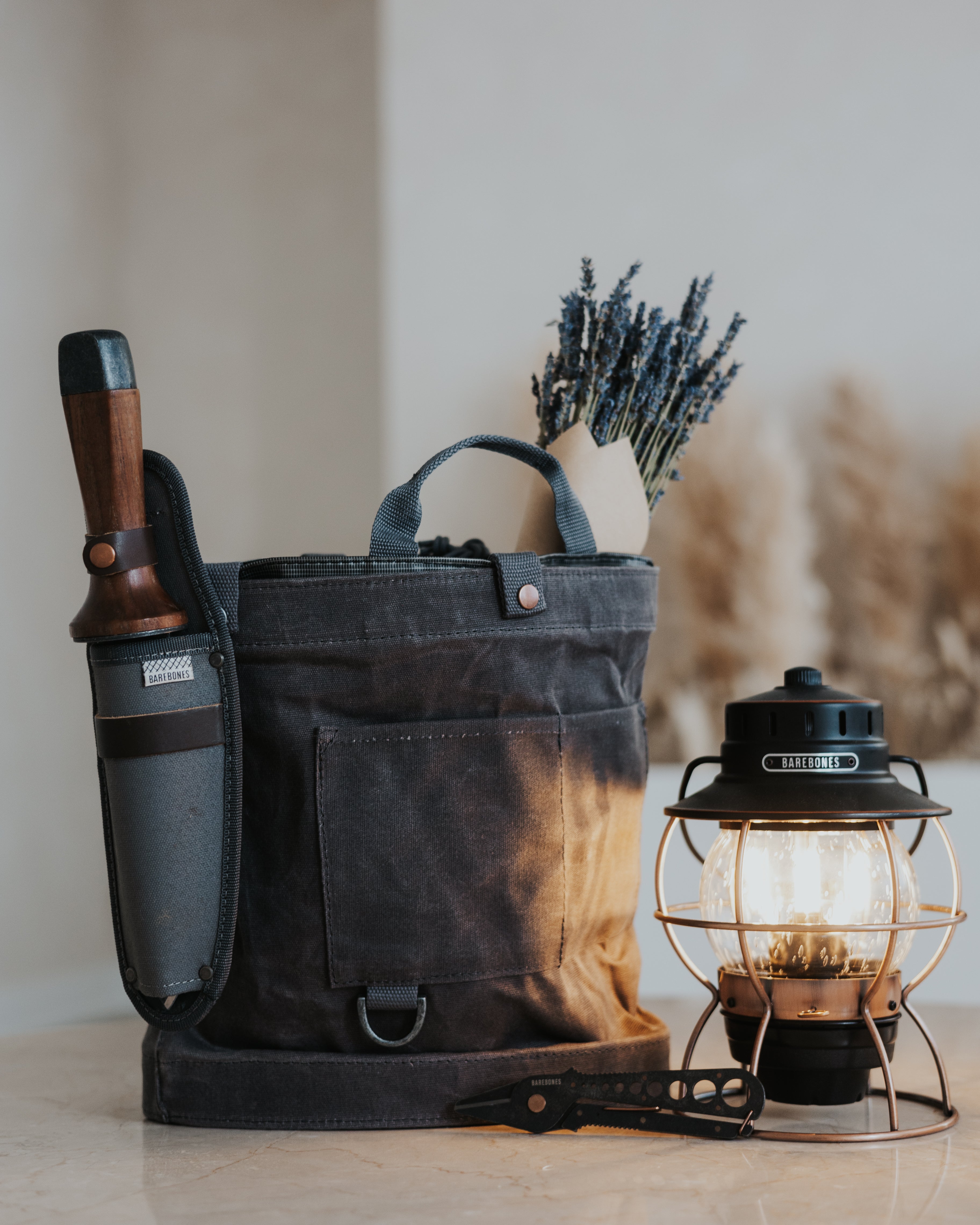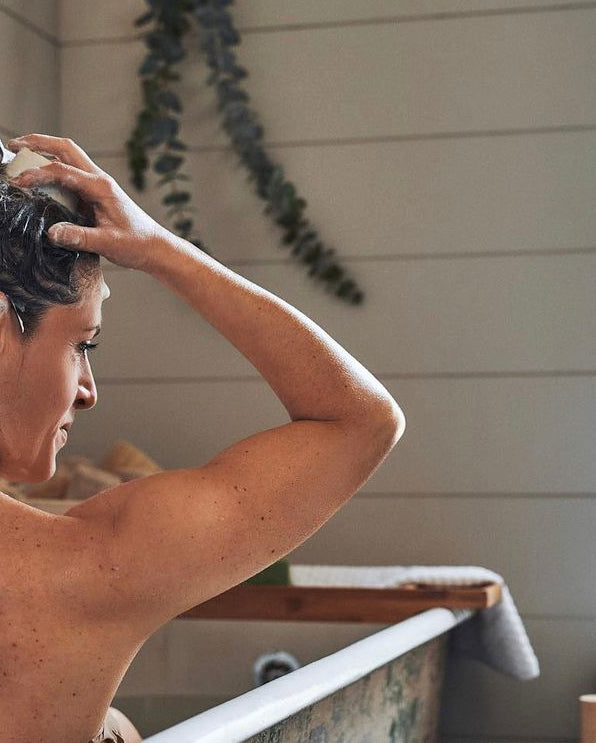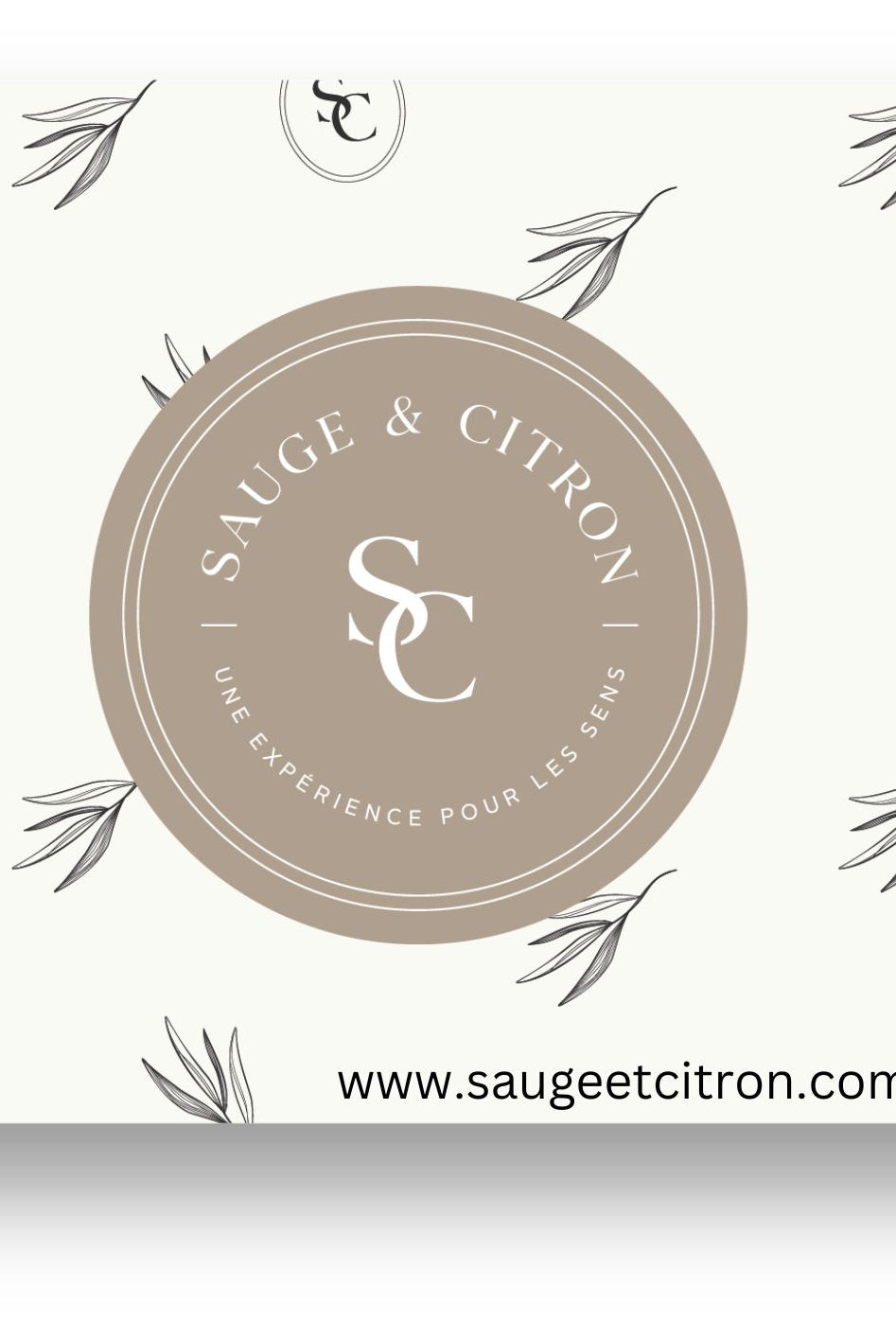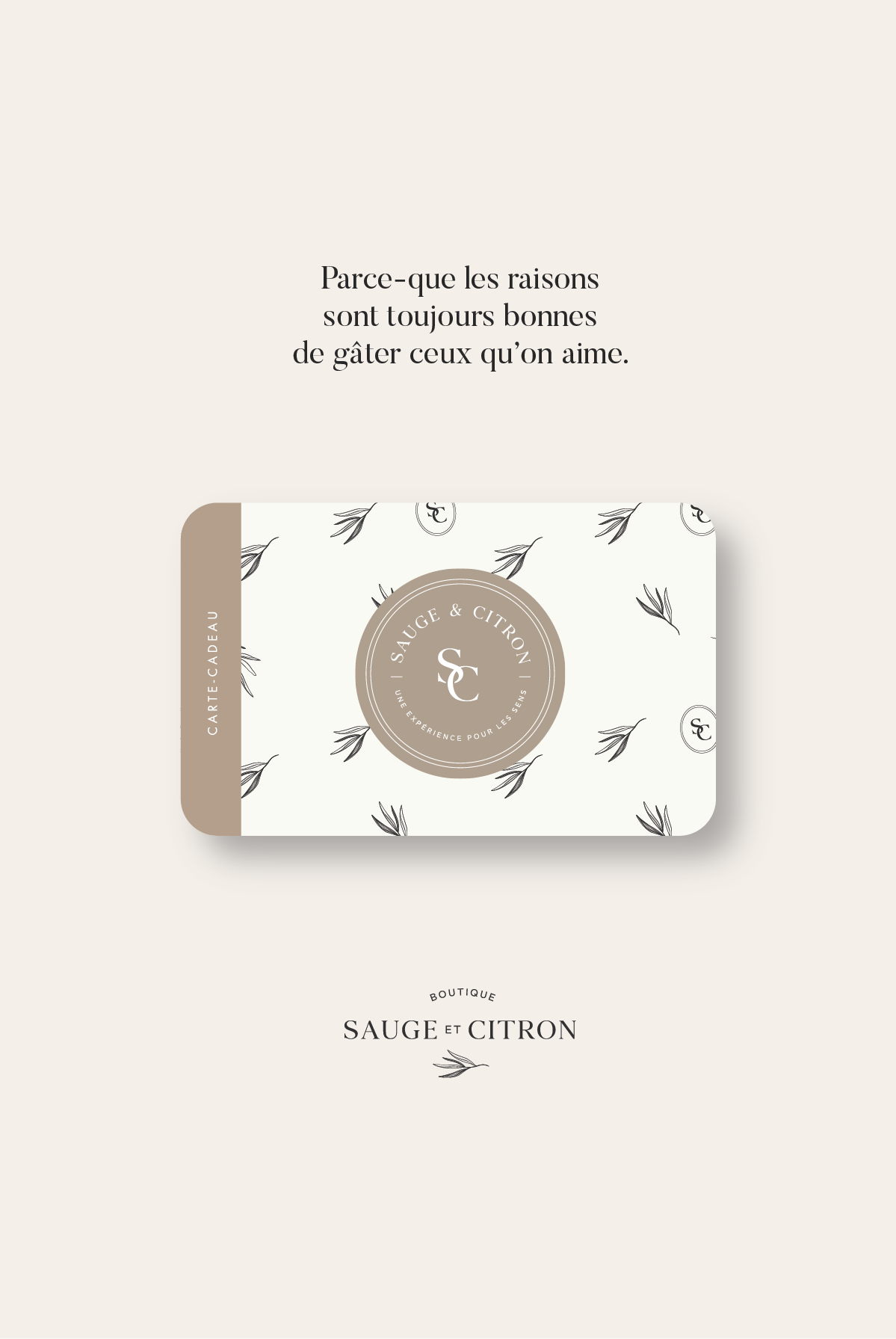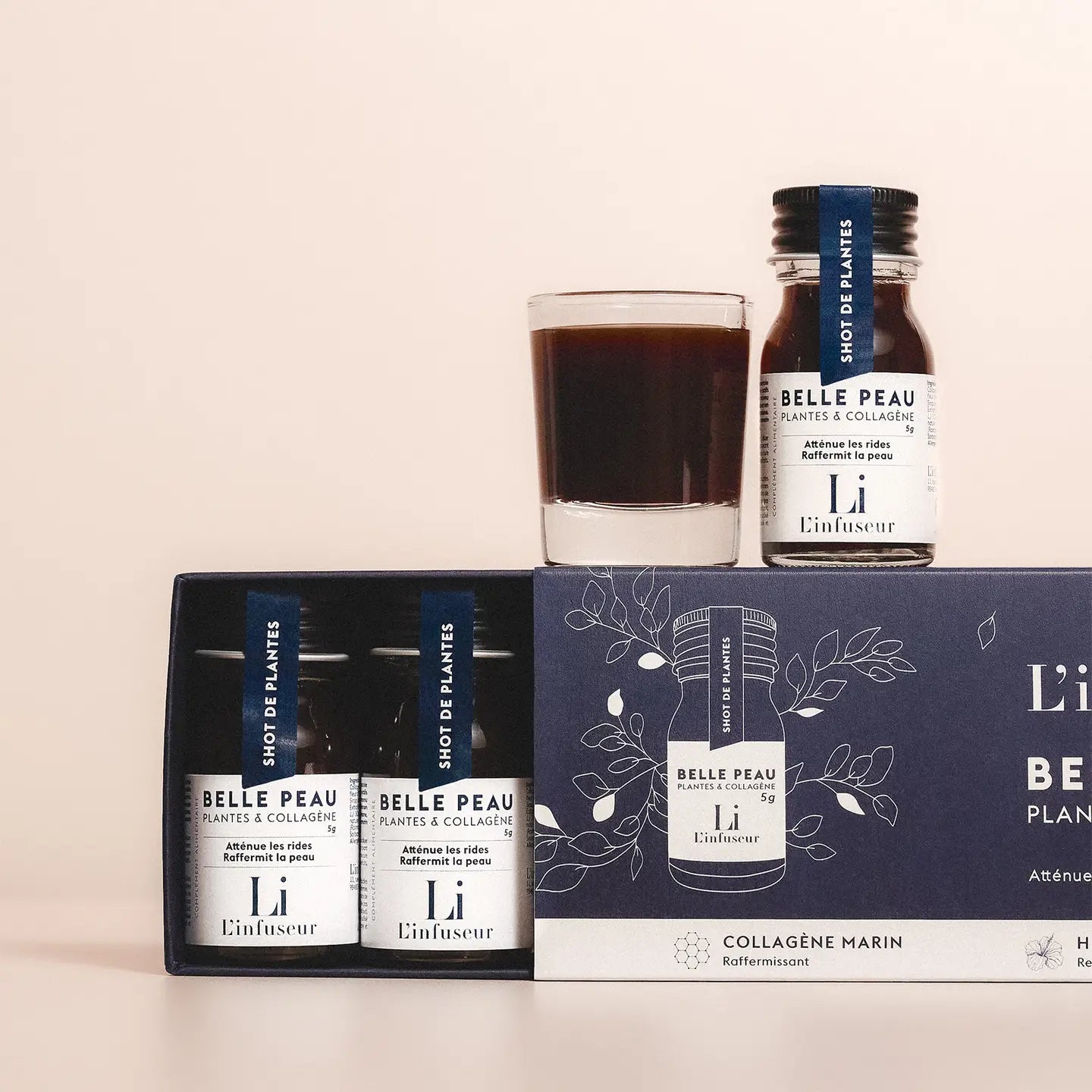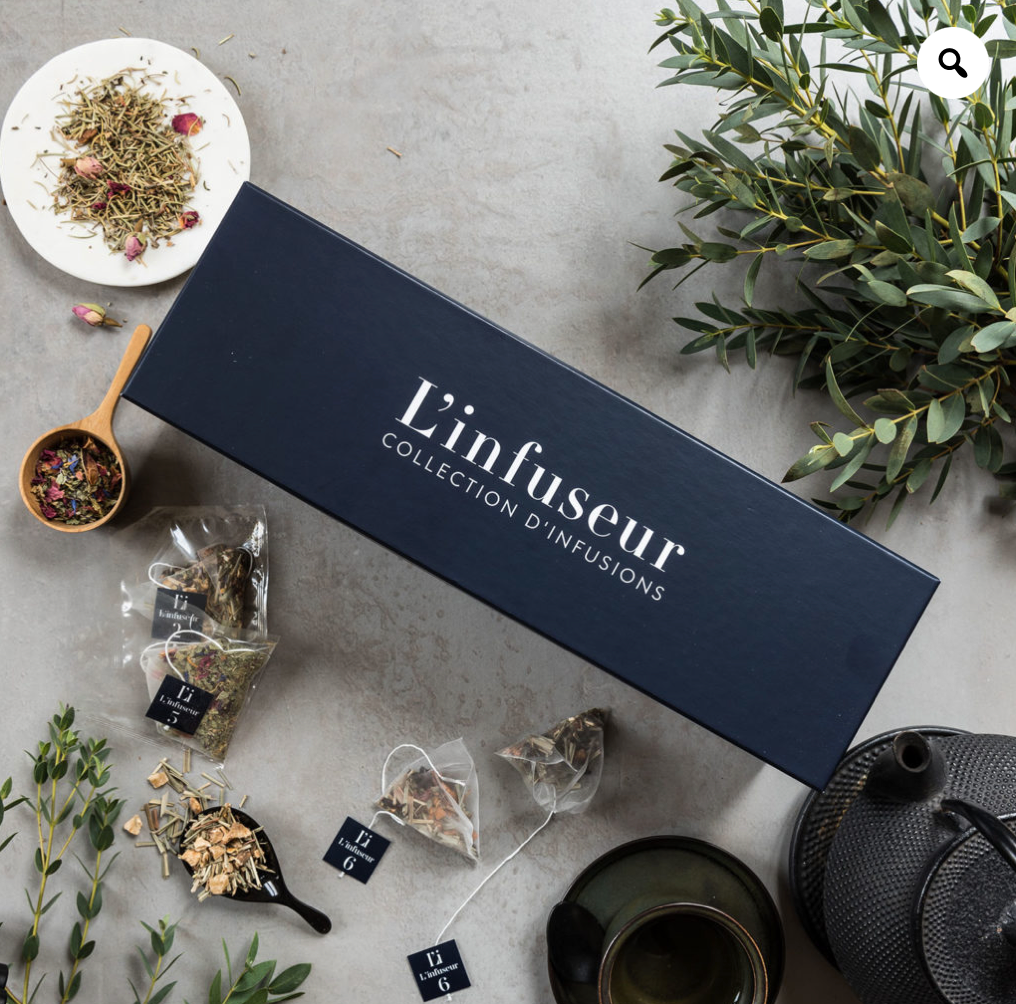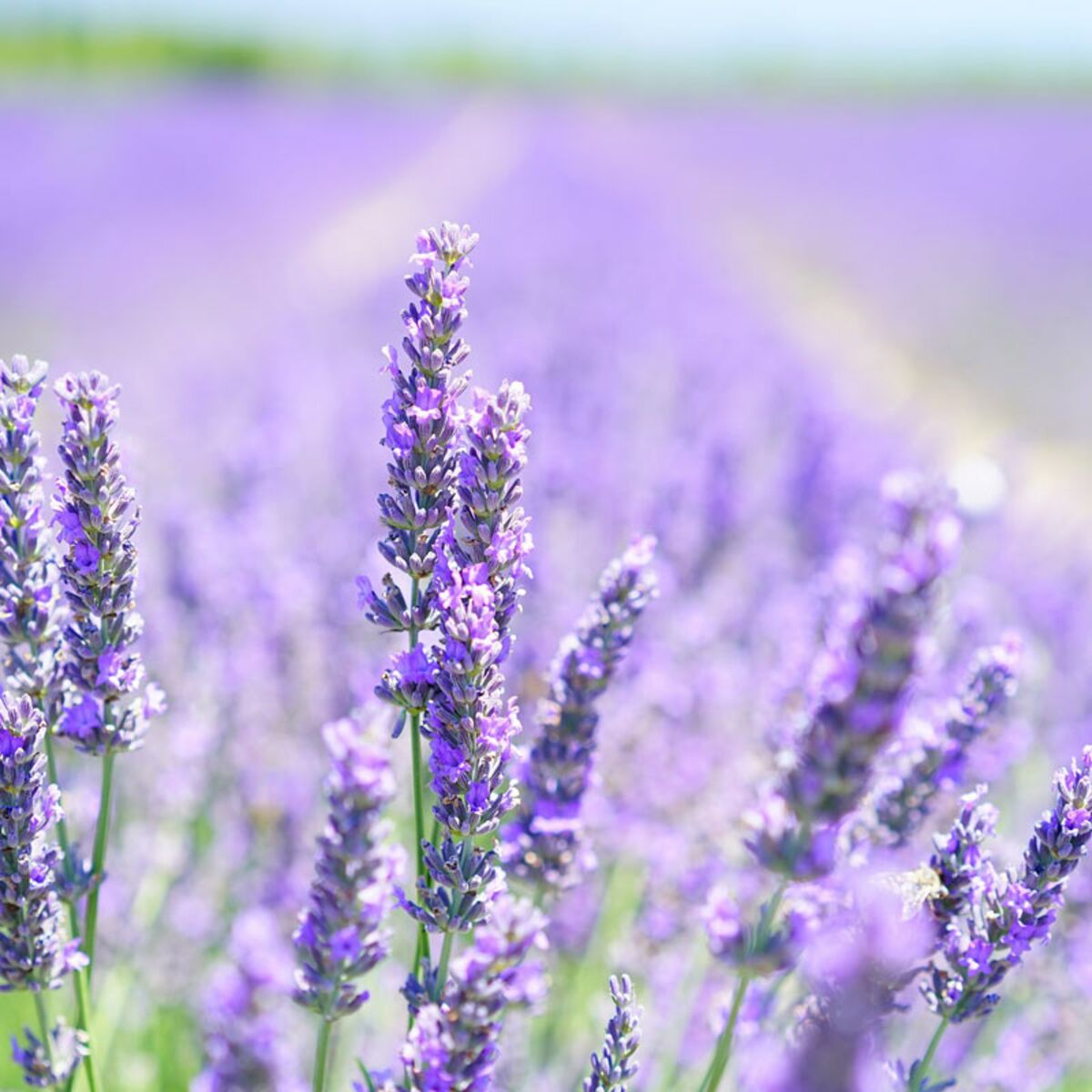Ah! Lavender essential oil. With its unique and delicate fragrance, it is the queen of essential oils. It smells so good!!! It is the most famous and the most used since it can treat many ailments, and it has few contraindications. Appreciated in skin care, it is also a good nervous sedative, a muscle relaxant, and an anti-inflammatory. Plus, in the kitchen, it works wonders. Here's why we love it so much and why this oil is the favorite of many.
Let's start by introducing lavender...
Lavender is a shrubby plant that can reach 1 meter in height, and belongs to the Lamiaceae family. It is native to Persia, and grows in many European countries, from southern European countries to Norway. It is very common in the southern third of France, where it can develop spontaneously in dry, sunny areas. These are the flowers that are distilled to give essential oil.
There are several species of lavender (around thirty in the world), the best known being:
– Lavandula angustifolia (synonymous with Lavandula vera or Lavandula officinalis ), or true lavender, or officinale, or narrow-leaved,
– Lavandula latifolia , or aspic lavender,
– The hybrids of these two species, Lavandula x burnatii (synonymous with Lavandula hybrida ), called lavandins.
We will focus here on lavender, the real one, because it is the one that gives the most versatile essential oil. It is easy to use and features prominently in all aromatherapy books. Moreover, we talk about it in our aromatherapy course at the Academy. In short, if you had to only have one essential oil, this is it.
Properties and applications on the epidermis
Lavender essential oil helps solve (almost) all small skin problems. It is healing, epitheliogenic (it promotes tissue regeneration), antiseptic, anti-inflammatory, soothing and sebo-regulating. It is therefore recommended for acne, rosacea, stretch marks, wounds and burns, scars, ulcers, bedsores, psoriasis, eczema, insect bites, itching, allergies, oily scalps, and even to eradicate lice.
For skin care, it is applied pure (it is gentle and well tolerated) to the injured, irritated or infected area, at a rate of 2 to 3 drops.
Regulation of nervous disorders
Lavender essential oil is a powerful anti-stress. It calms anxiety and nervousness, its sedative action promotes sleep (to try if you suffer from insomnia), it is soothing in cases of excessive irritability or tachycardia, it relieves migraines (by reducing blood pressure) and improves depressive states.
For all these indications, several solutions are available to you:
– diffused into the atmosphere, thanks to a diffuser: its floral and airy fragrance makes this method of use particularly pleasant, for a “zenifying” atmosphere (also perfect as an anti-smoking agent);
– in massage: diluted in your favorite massage oil or gel (one volume of essential oil for 10 volumes of oil or gel),
– in an aromatic bath: 10 drops to mix with a foaming base, bath salts or simply a tablespoon of lavender bath milk ; to dilute in hot water.
Muscle, tendon and joint pain
Lavender essential oil is an excellent muscle relaxant, it is anti-inflammatory and soothes pain: it is therefore used for cramps and other contractures, but also rheumatism. It is then applied as a massage to the painful areas.
Anti-bacterial and antiviral properties
Thanks to its antiseptic properties (anti-bacterial and antiviral in particular), it can treat respiratory tract infections (bronchitis, coughs, pharyngitis, laryngitis, certain tonsillitis). Simply diffuse it in your diffuser of choice in synergy with eucalyptus and enjoy the benefits. It is also possible to opt to use it in our favorite cleaner to disinfect the house naturally. In short, surrounding yourself with Lavender on a daily basis is undoubtedly a wise and above all pleasant choice.
And in the kitchen...
We cannot talk about lavender without saying a word about its culinary applications! It delicately flavors crème brûlées and ice creams, fruit salads, biscuits, etc. It is possible to make a lavender syrup with 3 simple ingredients; 1 cup of water, 2 cups of sugar and 3 tbsp. dried lavender flower soup. All you have to do is bring the water, sugar and lavender to the boil, let it simmer for 2 minutes so that the sugar dissolves and finally let the lavender flowers infuse for 30 minutes before passing the syrup through a sieve. And there you have it, a few drops are enough to breathe a little air of the South of France into your preparations…
We could still talk about lavender at length. We love it.
To get it, it’s right here: Lavender essential oil


